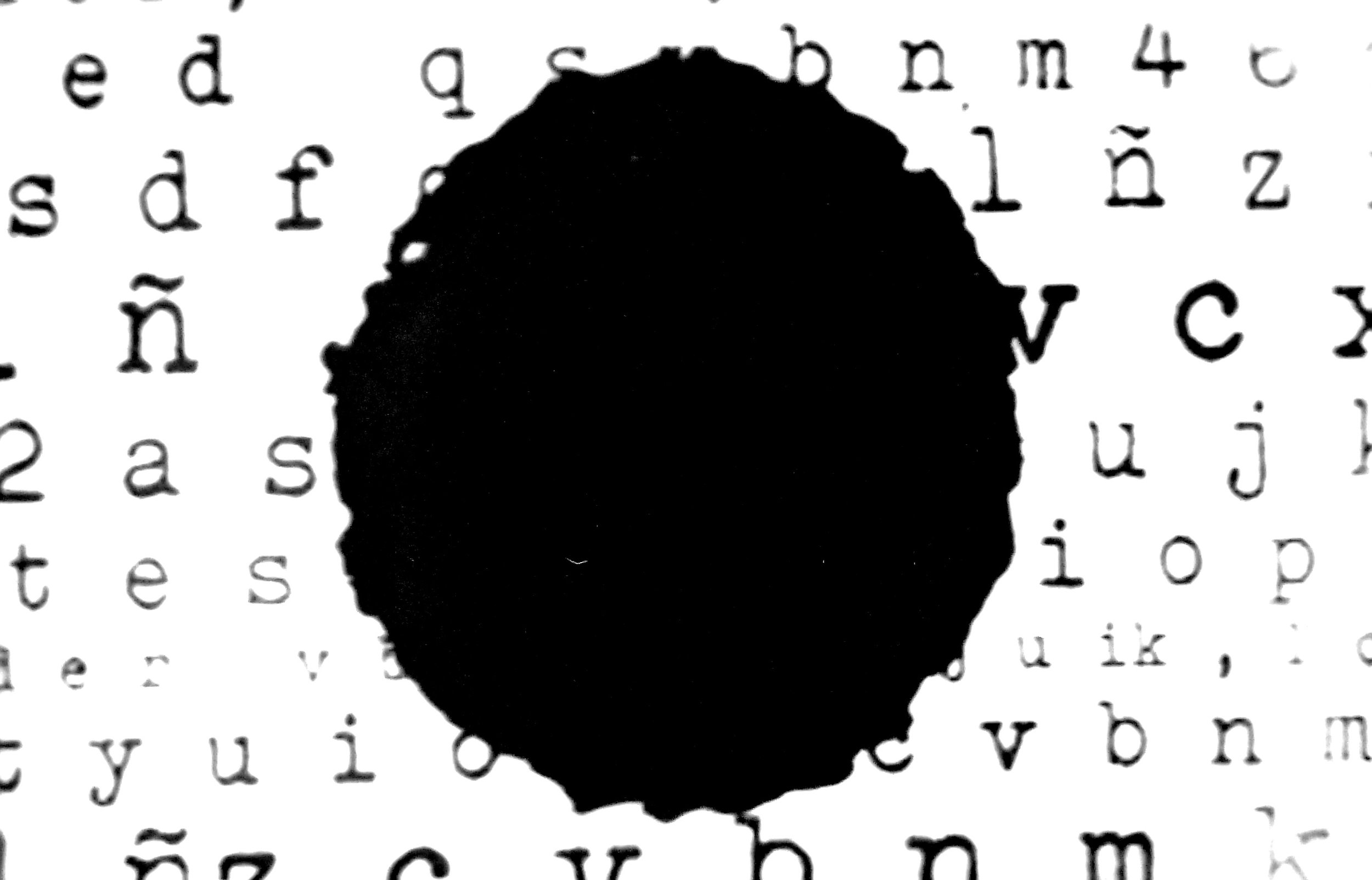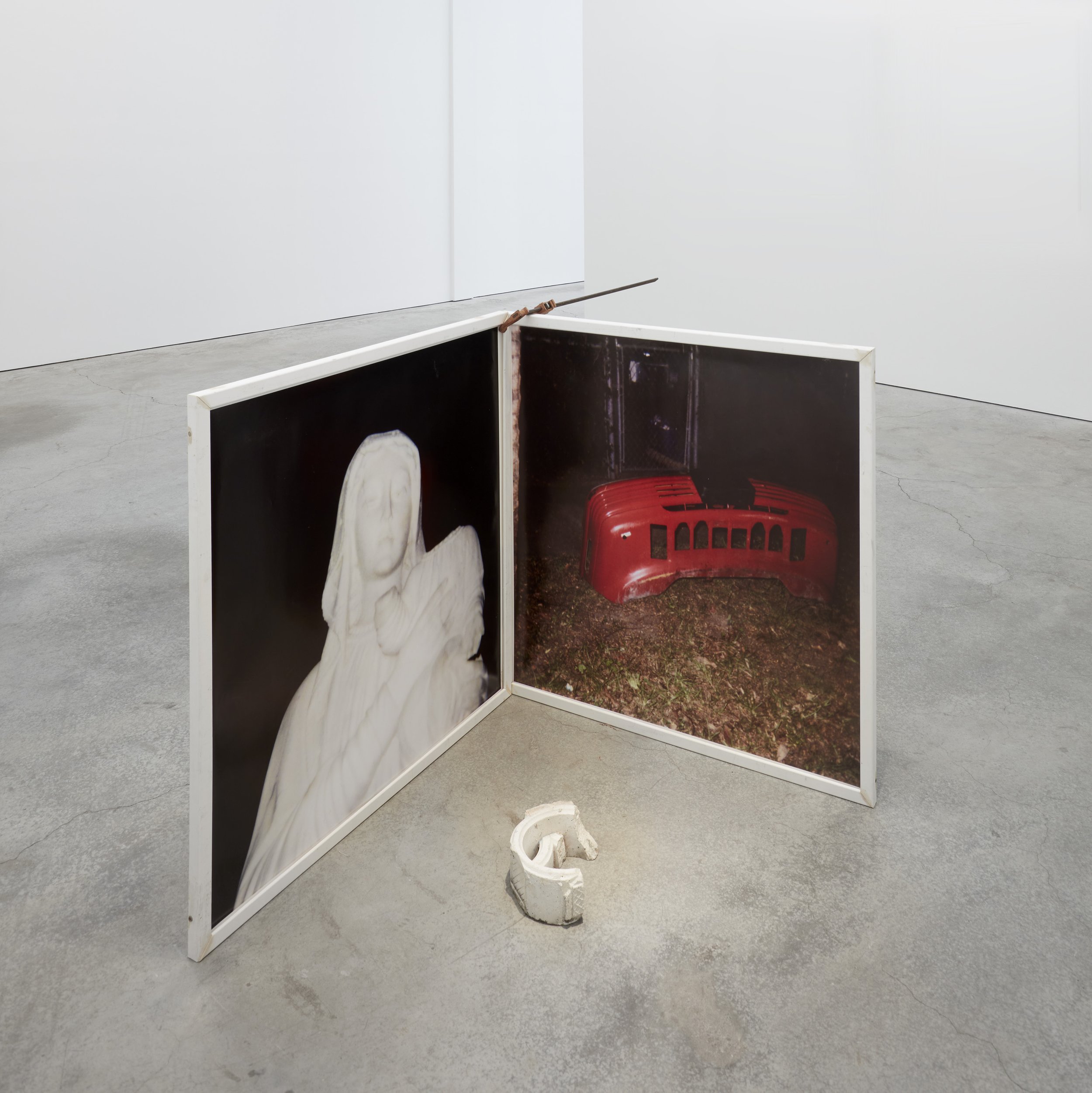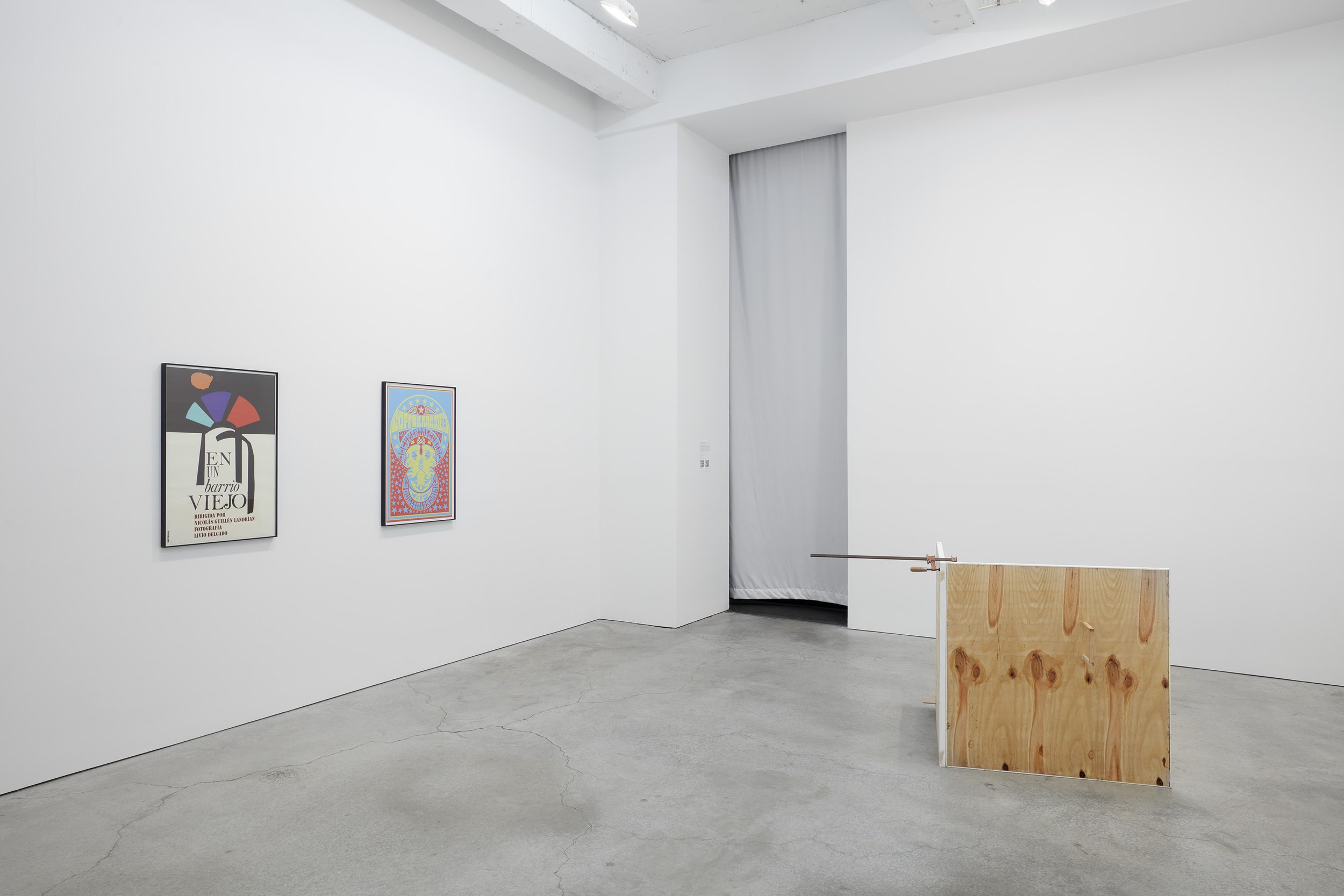WILLIAM CORDOVA
somewhere in time (fin pero no es el fin)
October 22 – December 3, 2022
Sikkema Jenkins & Co. is pleased to present somewhere in time (fin pero no es el fin), a curatorial project organized by william cordova, on view October 22 through December 3.
william cordova is interested in the visuality of transition and displacement, and the adaptive potential of objects and perception across time and space. Moving from his hometown of Lima to Miami at an early age, and later residing in Houston, Chicago, and New York City, cordova explores social and material histories as a transcultural throughline between these differing environments. Incorporating contemporary literary and musical references and monuments of resistance with ancient geometries and cosmological formations, cordova opens a path to a shared network of history in the perpetual reverberations of image, sound, and revolutionary memory.
This curatorial project is centered around the life and work of the Afro-Cuban experimental filmmaker Nicolás Guillén Landrián (1938-2003). cordova presents three of Guillén Landrián’s films, depicting the infancy stage of the Cuban revolution and capturing the rhythms and movements of everyday Cuban life in the 1960s. Several of his documentary works criticized the government’s contradictory policies, making him the target of arrest and institutionalization on multiple occasions. As predecessors to the anti-neocolonialist Third Cinema movement of 1969, Guillén Landrián’s films are ephemeral sculptures—narrative offerings reflecting his positionality as an observer and interpreter of the world around him. The corresponding structure presents two large scale slightly out of focus photographs, originally taken by cordova with a Polaroid 600 camera, that resonate with Guillén Landrián’s films. The installation itself echoes the filmmaker’s polyrhythmic editing technique by proposing Fourth dimensional strategies, syncretizing secular, spiritual, material culture with urban vernacular architecture.
An image, as opposed to a symbol, is indefinite in meaning. One cannot speak of the infinite world by applying tools that are definite and finite.
—Andrei Tarkovsky (The Polaroids of Andrei Tarkovsky: The Mystery of Everyday Life)
The clamps and unfinished surface of the wooden frame implies to an active process as a constant state of being. A transitory condition, a disruptive space where moments exists in constant flux: “fin pero no es el fin,” finished but not finished.
In an October 1, 2014 article for Art in America, cordova illuminated the, at the time, rarely known, experimental films of Nicolas Guillén Landrián:
“I do not have any aesthetic conflicts with any of my films,” Guillén Landrián stated. “All aesthetic conflicts are the result of conceptual conflicts. I wanted to be an interpreter of my reality. I always found myself in the vortex of alienation. The result as a whole is every film I made.” Congo Reales (1962), Homenaje a Picasso (1961), Coffea Arabiga (1968), Desde la Habana (1969), recordar (1969) and Para Construir una Casa (1972) are a few of Guillén Landrián’s films that survive today. Many of them incorporate vernacular language, text as image, successions of stills and static montage shots juxtaposed with pedestrian conversations, qualities that echo French journalist-turned-filmmaker Chris Marker’s early 1950s films. Guillén Landrián also riffed on the Kuleshov Effect, a film-editing exercise devised by Soviet filmmaker and theorist Lev Kuleshov, in which the same image can appear differently to an audience based on the images that appear before or after. In a sense Guillén Landrián, like the late Senegalese writer/director Ousmane Sembene, was producing films that reflect his heritage, his own presence. [...]
Today, Guillén Landrián is still relatively unknown outside of Cuba. However his style can be seen in Cuban filmmaker Tomás Gutiérrez Alea’s Memorias del Subdesarollo (1968). In this film, Gutiérrez copied Guillén Landrián’s use of text as image and jump-cut editing without ever acknowledging him. Gutiérrez’s work before and after was far more mainstream than Guillén Landrián’s. What Jean-Michel Basquiat did with painting, Guillén Landrián did with celluloid. […] Guillén Landrián’s effect on the many filmmakers who probably never knew of him points to issues of heritage, authorship, ownership, amnesia and erasure. “Fin pero no es el fin.” [READ FULL TEXT]
william cordova (b. Lima, Peru in 1969) graduated with a BFA from The School of the Art Institute of Chicago in 1996 and went on to earn an MFA from Yale University in 2004. He has participated in numerous artist residencies including Artpace, San Antonio, TX; The Core program, Museum of Fine Arts, Houston, TX; The Headlands Center for the Arts, Sausalito, CA; The Studio Museum in Harlem, NY; Skowhegan School of Painting and Sculpture, Skowhegan, Maine; and American Academy in Berlin, Germany.
cordova most recently organized Can’t Stop Won’t Stop: Meditations on Resilience (2022) at the LeRoy Neiman Center for Print Studies, which featured three print projects by cordova, Fab 5 Freddy, and Lee Quiñones in dialogue with one another. His work was also the subject of the solo exhibition on the lower frequencies i speak 4 u, at the Baltimore Museum of Art this past summer (2022). His first major survey exhibition, now’s the time: narratives of southern alchemy, was presented at the Perez Art Museum; Miami, FL in 2018. Notable group shows include Pacha, Llaqta, Wasichay, Whitney Museum of American Art, New York, NY; 13th Havana Biennial, Cuba; and In Plain Sight at Henry Art Gallery, University of Washington, Seattle, WA (2019).
His work is included in the collections of the Whitney Museum of American Art, New York, NY; Solomon R. Guggenheim Museum, New York, NY; Harvard University, Cambridge, MA; Yale University, New Haven, CT; Museo de Arte de Lima, Peru; Ellipse Foundation, Cascais, Portugal; Museum of Contemporary Art, Perez Art Museum, Miami, FL; NSU Museum, Fort Lauderdale, FL; and La Casa de las Americas, Havana, Cuba, among others.




